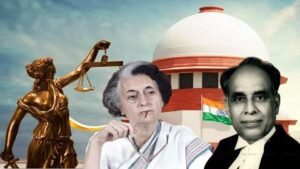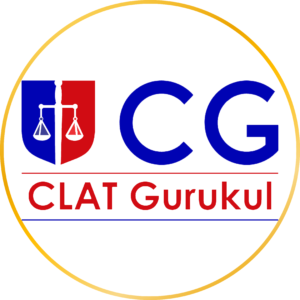
Air India Flight 171 Crash – Legal, Technical & Policy Implications for CLAT 2026
Introduction
On June 12, 2025, Air India Flight 171, a Boeing 787 Dreamliner en route from Ahmedabad to London, crashed shortly after takeoff from Sardar Vallabhbhai Patel International Airport. With 242 passengers onboard, the incident marked one of the gravest aviation disasters in recent Indian history.
This tragedy highlights several key concerns: aviation safety, regulatory oversight, emergency response, and legal responsibilities—making it a crucial current affairs topic for CLAT 2026 aspirants.
Why in News
– Massive air disaster involving a wide-body aircraft.
– High-profile response: Union Home Minister Amit Shah assured federal assistance.
– Emergency protocols, pilot communication, and flight recorder analysis under investigation.
– Possible impact on aviation law, airline liability, and compensation policy in India.
Point-wise Summary
- **Flight Details**:
– Flight AI171: Ahmedabad → London.
– Aircraft: Boeing 787 Dreamliner.
– Passengers: 242.2. **Crash Overview**:
– Occurred within minutes of takeoff.
– Initial visuals: massive fire and smoke in the Meghani area near the airport.
– Emergency services deployed immediately.3. **Rescue & Relief Operations**:
– Local and NDRF teams conducted search and rescue.
– Hospitals alerted across Ahmedabad.
– Coordination between central and state authorities.4. **Government Response**:
– PMO and Civil Aviation Ministry closely monitoring.
– Amit Shah spoke with Gujarat CM, Airport Authority, and police.
– Black box retrieval underway to determine cause.5. **Technical Investigation**:
– DGCA and Aircraft Accident Investigation Bureau (AAIB) leading probe.
– Focus areas: Engine malfunction, bird hit, fuel failure, pilot communication.
– Flight Data Recorder and Cockpit Voice Recorder will be crucial.6. **Legal Framework and Responsibility**:
– Civil Aviation Requirements (CAR) govern airline safety.
– DGCA is regulatory authority.
– Possible liability under Indian and international aviation laws.7. **Passenger Compensation Protocols**:
– Governed by Montreal Convention, 1999 (India is a signatory).
– Compensation up to ₹1 crore per passenger in case of proven negligence.
– Domestic rules under Aircraft Act and Civil Aviation policies.8. **Air India’s Role and Challenges**:
– National carrier recently privatized under Tata Group.
– Crisis communication, safety audits, and insurance liabilities under scrutiny.9. **Public Reaction**:
– Mourning and social media tributes.
– Demands for better airport infrastructure and pilot training.10. **Future Implications**:
– May lead to changes in air safety audits, crew training, and SOPs.
– Policy-level discussions likely on aviation preparedness and infrastructure.
Explanation of Key Terms (Notes)
– **Black Box**: Includes Cockpit Voice Recorder (CVR) and Flight Data Recorder (FDR).
– **DGCA**: Directorate General of Civil Aviation, India’s civil aviation regulatory body.
– **AAIB**: Aircraft Accident Investigation Bureau, responsible for probe and analysis.
– **Montreal Convention, 1999**: International treaty that standardizes airline liability for passenger injury or death.
– **Civil Aviation Requirements (CAR)**: Indian aviation operational rules issued by DGCA.
– **Boeing 787 Dreamliner**: Modern long-haul aircraft used by Air India.
Relevance for CLAT 2026 Aspirants
– Application of international and domestic aviation law.
– Understanding negligence, strict liability, and compensation jurisprudence.
– Interpretation of regulatory roles (DGCA, AAIB, ICAO).
– Use of black box data in legal and technical investigation.
– Public interest litigation and consumer rights in aviation disasters.
Conclusion
The Air India Flight 171 tragedy is not only a moment of national mourning but also a wake-up call for aviation authorities, lawmakers, and the legal community. The incident will likely shape future discussions on aviation safety standards, legal liability, and emergency preparedness.
For CLAT 2026 students, this incident bridges the fields of law, technology, governance, and human rights—providing a holistic subject for legal analysis and current affairs preparation.






